
Our Origin Story
Chapter 1
One Bold Dream
Even though we are now many women, our origins actually began with one woman’s dream.
Alice Heng, an accountant by training and a full-time staff at the Community of Praise Baptist Church (CPBC), had a heart for troubled girls.
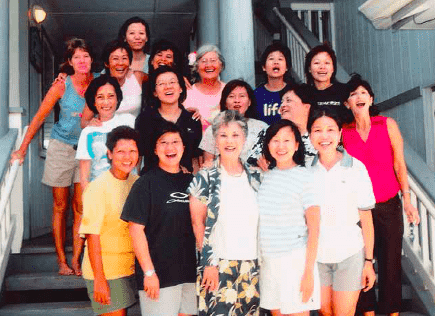
Once, she witnessed a lady at the ledge of a building, who was on the verge of committing suicide. Alice’s heart went out to her. Her desire to help troubled women deepened.
She took steps to realise her conviction. She started attending a two-year counselling course; and in 2006, she rented a 4,000 sq ft two-storey apartment at Trendale Towers on Cairnhill Road, which she envisioned as a hideaway of hope and healing for women.
Dayspring’s story would begin to blossom from here.
Chapter 2
It Takes a Team
Alice couldn’t do it all alone.
She was leading a women’s Christian group called ELLCO (Extending the Lord’s Love and Comfort to Others), which is part of CPBC, and the ELLCO ladies were and are equally passionate about the Dayspring mission.
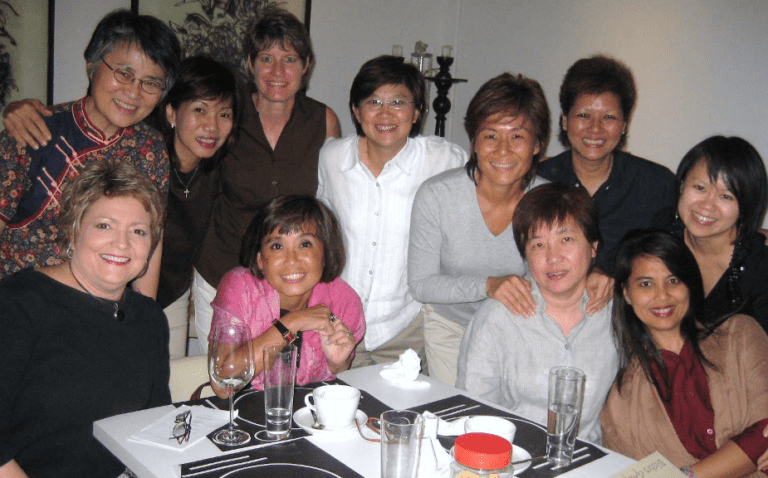
They got busy. Really busy. In those early days, Dayspring provided professional counselling to women who needed help, such as female inmates and ex-offenders, and welcomed counselling interns. The ELLCO ladies also hosted many events, life skills training and mentoring programmes at Dayspring.
Alice’s dream was taking shape, but in the midst of it, she was actually battling a rare form of cancer. Sadly, in 2007, Alice passed away, aged 50. The ELLCO ladies were heartbroken, but they decided that the best way to honour her was to build on her inspiring legacy.
Adelene Wee (Director, Partnerships, HCSA), Alice’s best friend:
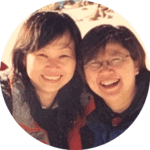
“We were all so sad with Alice’s passing yet felt compelled by what she had birthed. We were also guided by God’s provision: Alice’s friend who attended the wake gave us a year’s rent for our space, so we could continue without financial burdens. Even in the midst of sorrow, many stepped up to grow Dayspring because we believed in it.”
Chapter 3
Things Got Legit
On the day of Alice’s funeral in 2007, Cathy Livingston, an American missionary working with teens in Singapore, felt the calling to continue the counselling work at Dayspring. She embarked on a counselling course, graduated in 2010, and then served as Dayspring’s Clinical Director for the next few years.
Meanwhile, ELLCO lady Dominique Choy began expanding the Management Committee – from its original small team to 12 women – to enhance the work and plans of Dayspring.
In February 2008, Dayspring came under the purview of Highpoint Community Services Association (now HCSA Community Services) and was renamed HighPoint Dayspring. Dominique, Chair of the Dayspring Management Committee, joined the HCSA Board as Vice-President.
Till today, Dayspring is managed by volunteers, who are members of the Dayspring Management Committee and they report directly to the HCSA Board.
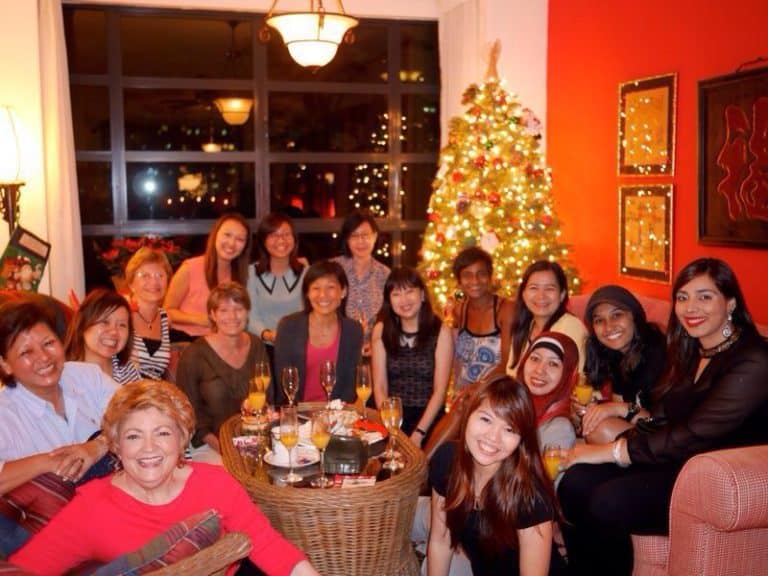
Dominique Choy (Vice-President, HCSA; and Chair, Dayspring Management Committee):
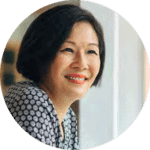
“We would like to take this opportunity to honour Sharon Carroll, a member of the Dayspring Management Committee. She had a finesse for interior decorating, an ability to turn any house into a home with preloved items donated by the American community she belonged to. The early Dayspring homes were wonderfully decorated by Sharon with a few committee members.”
“She was also the ultimate hostess, the epitome of Southern (American) hospitality! Many years later, we still talk about ‘the Christmas parties at Sharon’s’! She served faithfully on both the Dayspring Management Committee and the HCSA Community Services Board till she passed away in 2017, aged 64.”
Chapter 4
Miracle After Miracle
Things weren’t always smooth-sailing at Dayspring.
First, the rent at Trendale Towers had doubled, making the place unsustainable for us.
Committee members Dominique and Ruth Tie began a hunt for a new location and landed up in a unit on the fourth floor of Henderson Industrial Estate. The rent, it turned out, was the same as the former amount. They were delighted.
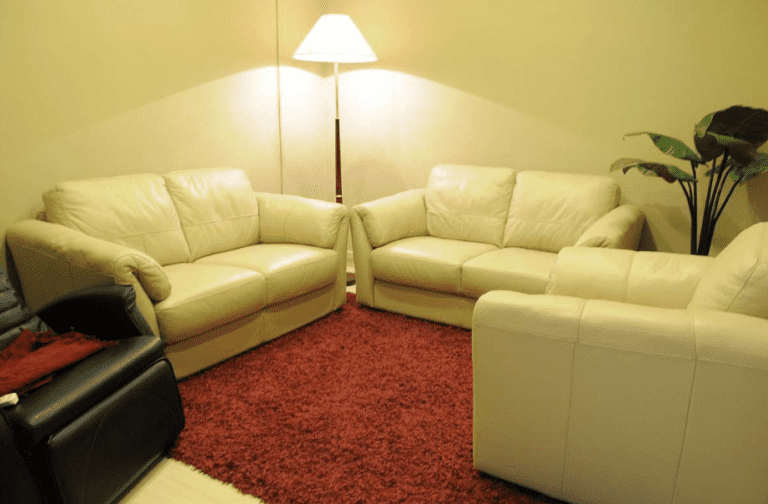
Meanwhile, renovating the place and running support services for girls and women required funds.
In their requests for provisions, the Dayspring ladies experienced miracle after miracle: 18 ELLCO ladies gave a total of $90,000; Alice’s estate provided $10,000; the Lee Foundation contributed $50,000; and a fund-raising event with Dr Vivian Balakrishnan as the Guest of Honour brought in $159,000.
The financial support was now more than enough, and more than what the ladies could ever imagine.
They renovated the new place and named it the Dayspring Centre for Women, which many described as an oasis in the middle of an industrial estate.
Ruth Tie (Dayspring Management Committee Member):

“We are often moved by the generosity of people. I recall, during our move to Henderson, Dominique had phoned furniture company HTL International after she saw their ad in the papers. Two days later, a representative returned her call, invited her to the warehouse, and asked her to help herself to whatever she needed for Dayspring’s new home. We got leather sofas and floor rugs! Later, when we moved to 233 Turf Club Road, we approached them again, and again, they said yes! They didn’t even know us at first but still they helped.”
Chapter 5
A New Focus on Abused Girls
By the end of 2008, the Dayspring Management Committee felt that they needed to better meet needs on the ground and make Dayspring’s work more impactful.
They decided to explore new partnerships.
Dominique and Cathy visited Pastor Andrew Choo of Andrew and Grace Home (today known as Gladiolus Place), as it was where Alice had started the Dayspring journey.
Pastor Andrew suggested that Dayspring specifically help a group of abused girls, who were then at Andrew and Grace Home.
He shared that abused girls formed about 10% of the total number of residents in most homes for girls.
Dominique and Cathy were shocked and saddened by the fact.
Pastor Andrew added that what these girls truly need is a small group home environment that is loving, stable and secure. Such a model did not yet exist in the local girls’ homes landscape.
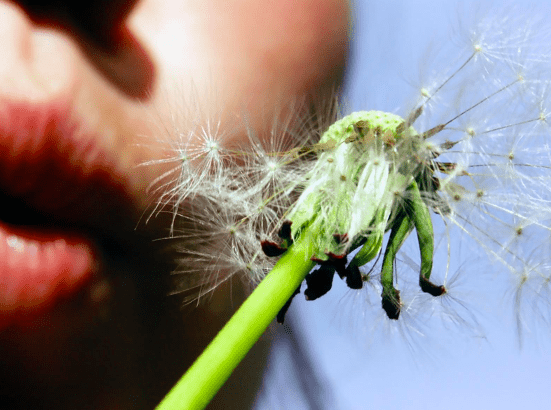
A new path was revealing itself to Dayspring.
The ladies began deliberating over setting up a unique home model for young girls: a Residential Treatment Centre which will use therapeutic approaches to treat trauma-related issues that arise from abuse.
The ladies also realised from their counselling work that abuse was often in the female inmates and ex-offenders’ histories. This was another strong reason to set up a centre that could tackle the cycle of abuse and a life of crime.
In August 2009, the Dayspring ladies began working on a paper to present their Residential Treatment Centre approach to Singapore’s Ministry of Community, Youth and Sports (now the Ministry of Social and Family Development).
The Ministry said that, for years, it has been wanting to explore a similar model.
By January 2010, Dayspring received the nod of approval from the Ministry to proceed with developing Singapore’s first Residential Treatment Centre.
Cathy Livingston (Former Clinical Director, Dayspring), who now runs her own practice:

“Once we decided that we were going to start a therapeutic home for teenage girls, we began talking to one of my professors at Singapore Bible College, Dr Maureen Neihart. She directed us to New Haven Residential Treatment Centre in Utah, USA, which is well-established and utilises the Therapeutic Milieu, which means a ‘therapeutic environment’.”
“In using the Therapeutic Milieu as a foundation for our programme, everything we do has a therapeutic intention: from the decor of the home to the staff management and the programmes for the girls. Everything helps to create that peaceful, caring milieu. Within this milieu, we also incorporate a seven-phase programme, where girls go through various assignments to facilitate their growth and healing. The milieu has structure, and within structure is safety. This safety is of utmost importance for a traumatised brain.”
Chapter 6
What’s Unique About Dayspring
The Dayspring ladies carried out intensive research and made work trips to Residential Treatment Centres in America to learn from actual case studies and understand a particular method called the Therapeutic Milieu.
In the Therapeutic Milieu, a safe, structured and non-judgmental group setting is created to help people acquire mental health skills, a healthy mindset and a positive attitude.
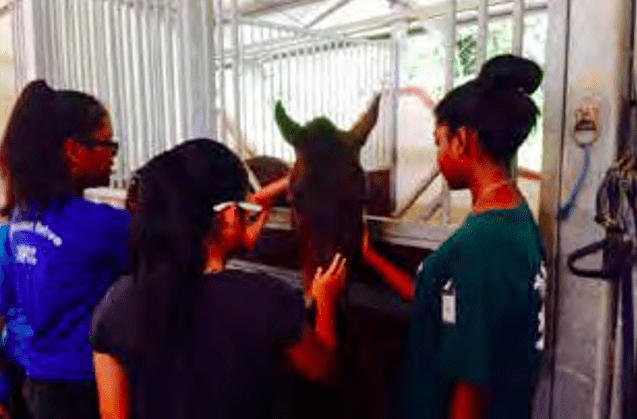
Along their research journey, the ladies met many generous people who have contributed to the development of the therapeutic approach that Dayspring uses today.
These people include: Dr Maureen Neihart, a renowned clinical psychologist; David Groot and Dr Jodi Groot, who are experts on building the Therapeutic Milieu within homes; Dustin Tibbitts, former Executive Director of New Haven Residential Treatment Centre, which is clinically of the highest quality of treatment centres in America; and Dr Cecilia Soong and Linda Wan Koh, who are clinical experts in the field of social work and trauma.
Together, this power-packed team not only trained Dayspring staff; they also developed a seven-phase therapeutic intervention programme to help girls address the root issues of their trauma, recover from their traumatic experiences and take charge of their choices and life.
With an in-depth programme to address trauma, Dayspring Residential Treatment Centre has become a pioneer in Singapore of both the small group home setting and of therapeutic intervention for abused girls.
Dr Maureen Neihart (Clinical Child Psychologist), who helped Dayspring to set up its first therapeutic programme:
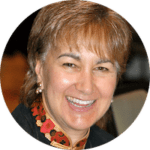
“I remember when Cathy Livingston, a former graduate student of mine, approached me about the vision to begin a Residential Treatment Centre for abused girls in Singapore. I was already well aware of the vital need for such services and agreed to serve on the clinical advisory board.”
“I especially recall the many discussions we had surrounding cross-cultural issues as we developed the treatment programme and outlined the training needed for staff. Most of the research on trauma recovery had been done in western contexts, so we had to think hard as a team about what might not work as well in the Singapore context.”
“There was also the reality that many services needed to support such a centre were not yet in place (for example, foster care for older girls ready to leave the centre but unable to go home). How would we manage that? There were many challenges to surmount. Yet the team persevered. Looking back, it has succeeded in helping many girls recover from very serious traumas!”
Chapter 7
We Officially Open!
Things had fallen into place.
In August 2010, Kim Lang Khalil joined Dayspring Residential Treatment Centre as Head of Home. Other new staff were also being recruited.
Meanwhile, the Dayspring ladies observed that a highly tranquil environment was needed to run such an intensive therapeutic programme, so they began a location search again.
This time, the Singapore Land Authority called to say that they had a bungalow at 233 Turf Club Road.
The ladies couldn’t believe it. The bungalow was beautiful. The natural surroundings were soothing. It was perfect.
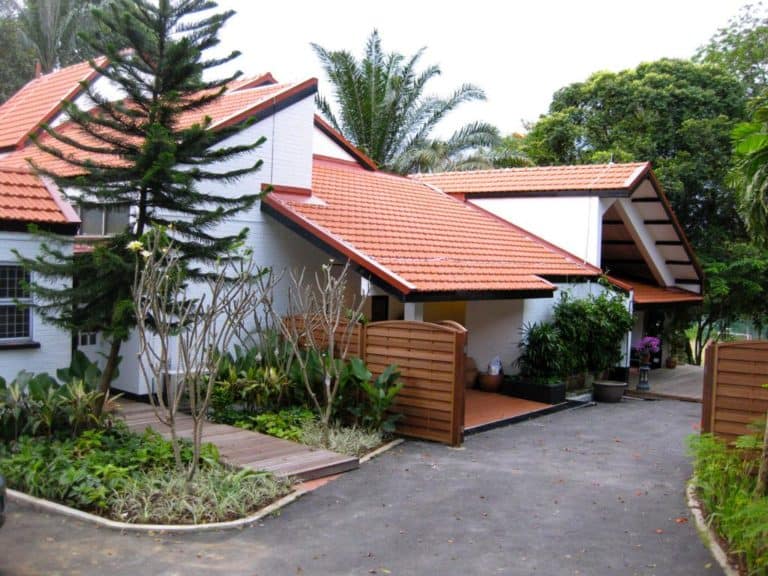
Yet the fact was, converting such a residential property for non-residential use would be an extremely complex process.
However, the Authority was now simply saying, “Take it!”
After getting the keys to 233 Turf Club Road, Dayspring Residential Treatment Centre opened its doors on 24 January 2011. In March that year, the late Former President of Singapore SR Nathan officiated Dayspring’s opening.
Dianne Taylor (Dayspring volunteer), who is now back in the US:
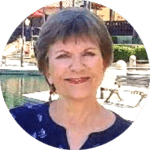
“I loved helping to plan and set up Dayspring at both 233 and 234 Turf Club Road! We all worked very hard to raise funds for the house renovations and furnishings, so it was important for us to take good care of everything.”
“It really meant a lot to me to be a part of Dayspring. I had a real chance to love the Dayspring girls and make a difference in their lives. I have many wonderful memories of them. They used to come over to my place to swim, snack and relax. We also went to the zoo together and the water park. All of us joined in and got wet! I’m not sure who had more fun, the girls or the ladies!”
Chapter 8
The Future Is Female
Our story began from one woman’s dream.
This dream has grown to rally a community of ladies who have made it their mission to support girls and women needing a healing hand for their next step in life.
Ultimately, the Dayspring story reveals the potential of girls and women – and what they can do when they get together.
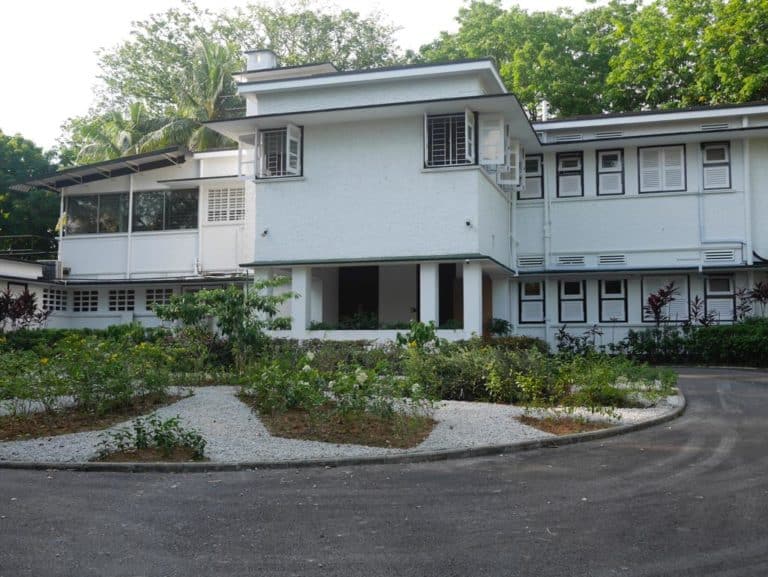
You can explore the stories of some of these girls and women here on our Dayspring 15th Anniversary site.
At Dayspring, we believe that the future is female: we celebrate girls and women who lift themselves and their communities up, and we want to empower them.
So here’s to another decade of giving a future and a hope to girls and women. We can’t wait to see what they’ll dream up next!
Kim Lang Khalil (Chief Executive Officer, HCSA Community Services; and Former Director, Dayspring):
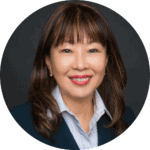
“The world will be more beautiful when more of us make an effort to create platforms for young girls to speak and take time to listen to what they are saying and not saying. The voices of abused girls who are being restored are very rich: they have experienced the darkness of human nature yet learned to believe in the goodness of mankind. They can see things from the position of weakness as well as strength. It is not only important for us to help abused girls to recover from their trauma, but also vital for us to see them as contributors to co-creating a future together.”

